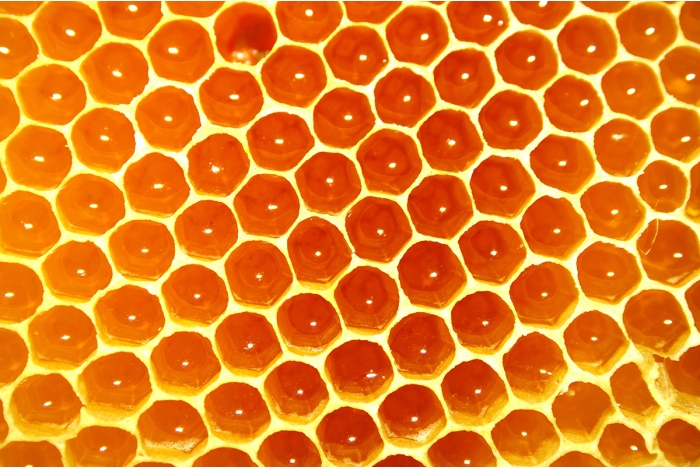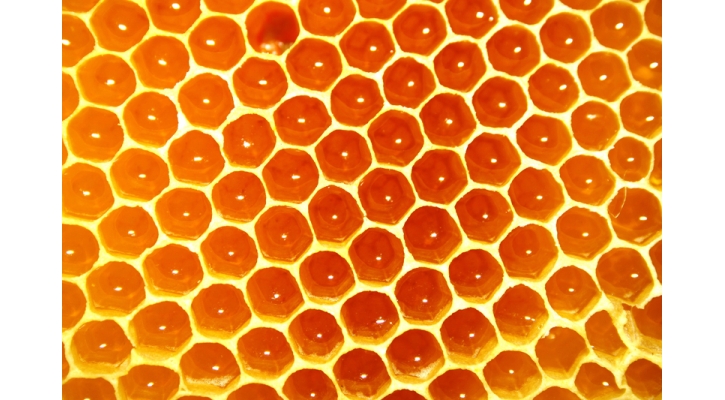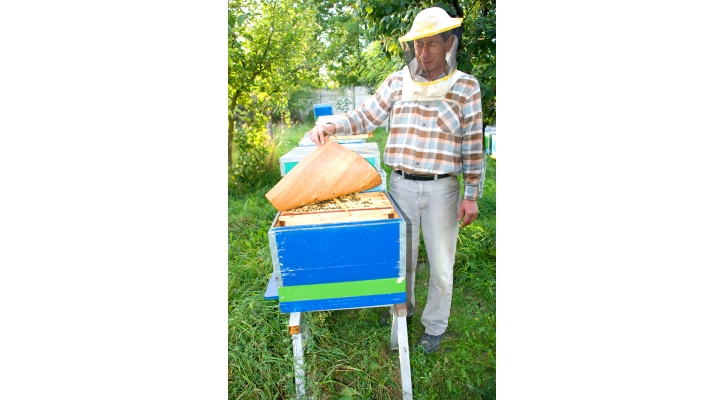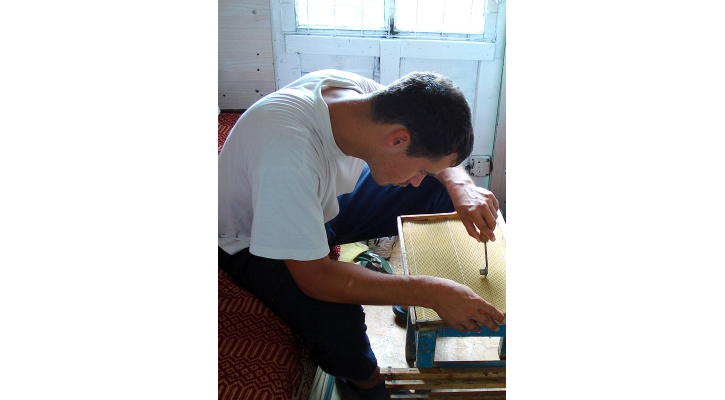Bee Healthy! The Medicinal Purposes of Honey
Honey has been used for centuries in curing, and aiding in the treatment of conditions both inside and outside the body.

Today, we have become more and more reliant on commercialised medicines which contain numerous chemicals that can be harmful to our bodies. As a result, people are seeking natural alternatives. The benefits of honey are being rediscovered in the treatment of a wide range of illnesses.
Honey is well known for its healing properties. The Ancient Greeks used it as an ointment for aches as well as in the preservation of the dead. Due to its antiseptic properties, during the Great War, it was used to dress the soldier’s wounds. In World War II it was used until penicillin became available.
Treatment with honey is called Apitherapy; it is good for replenishing energy, enhancing physical stamina and improving immune systems. Honey is also considered to have a calming effect on the mind and promotes sleep.
To understand more about the importance of honey in today’s society, I met with Marius Moldoveanu, a beekeeper near Brasov. He is relatively new to the trade and assists his father, Ovidiu, who has been beekeeping for sixteen years. From speaking with him, I really get a sense of pride in what he does. He knows so much about bees and truly enjoys working with them, even if he has endured their wrath on several occasions. Together with his father, Marius has forty eight families of bees; each family can consist of up to sixty thousand bees during the summer season. Marius explained to me that honeybees collect nectar, pollen, water and propolis in order to make honey. Propolis is a resinous substance obtained from the bark of trees which has antiseptic properties. Royal Jelly, a traditional medicine made from honey and propolis, is rich in sugar, proteins, fats and vitamins. It is used to treat problems caused by tissue deficiency or body frailty.
Honey is composed of sugars like glucose and fructose and minerals like magnesium, potassium, calcium, sodium chlorine, sulphur, iron and phosphate. Approximately one half of the human diet is derived directly or indirectly from crops pollinated by bees. Today honeybees are an essential part of a healthy agriculture economy.
The honey that Marius and his father produce is kept completely natural. They add no sugar or water, which he himself is very proud of. Keeping the honey natural is highly important as the nutrients and enzymes that raw honey contains are destroyed by manufacturers when they heat it above forty degrees. They do this in order to give it a clear appearance. Manufacturers will also add preservatives so if you can buy honey in its natural state, it’s a lot better for you and tastes fantastic.
Passion and health
The honey that the bees produce depends greatly on the type of flowers that are available to them: it can be very different in taste and texture. When treating conditions, the flower is also very important.
I met with Petru Moldovan, a beekeeper in Sanpetru, a village just outside Brasov. He has been keeping bees for twenty five years and is extremely enthusiastic about the subject. He has over one hundred families and spends any free time he has caring for them. He also admitted that he has pet names for them and has always had a fascination, ever since he was five years old, when he would peer into his grandfather’s garden to watch him.
Petru told me that he once decided to try an experiment in which he would only consume produce which came from the bees for six months. He believed that pollen, honey and propolis were so rich in nutrients, vitamins and essential amino acids that the body would not suffer if it could have nothing else. After six months, Petru was in great condition. He had only lost about six kilograms and was not ill or lacking in any essential vitamins and minerals. According to Petru, if a person consumes just one teaspoon of pollen per day, they will build up their immune system enough to fight off any health conditions such as heart disease, respiratory conditions and even cancer.
Petru has forty nine different types of flowers growing in his garden where he keeps his bees although he produces three main types of honey, which I had the opportunity of tasting.
The Acacia flower is a white flower tree also known as Thorn trees. The honey produced from the Acacia has a mild flowery taste, soft running texture and has a glass-like appearance. Its honey is used for the treatment of hyperacidity, gastritis, gastric and duodenal ulcers, asthma, coughs and colds. It does not crystallize.
The Rapeseed flower is a bright member of the Brassicaeae family . Rapeseed oil is rich in both omega 6 and omega 3 fatty acids and is best known for its use in the treatment of kidney diseases and acts as a depurative diuretic. Traditionally, it was used to treat frostbite. It’s also used to treat chest problems such as coughs and bronchitis.
The third honey producing plant comes from the Dandelion family. The flowers are yellow or orange and are well known for their antioxidant properties. Dandelion leaves contain huge amounts of vitamins and minerals including Vitamin A, C and K, and calcium, potassium, iron and manganese. They are also an excellent source of Vitamin H, which aids weight loss when ingested. Dandelion is used in the treatment of vascular diseases, Biliary Diskinesia, liver failure, the removal of toxins and as an aid in digestion.
Honey-Based Remedies
For stomach ulcers, gastritis, dyspepsia and sore throats:
Take 1-2 teaspoons on an empty stomach (half an hour before meals), 1-4 times a day.
For wounds/cuts - Apply the honey on a dressing and cover the wound surface. Use 20 ml (25-30 gram) of honey per 10x10 cm dressing. Change up to 3 times daily. Many types of bacteria can’t survive in honey, so wounds heal, swelling eases, and tissue can grow back.
As a cough syrup - Mix two teaspoons of onion juice with two teaspoons of lemon juice and then pour the mixture into a sauce pan of water. Bring to a boil on a low flame and add two teaspoons of honey to the mixture. Allow it to cool for six hours and take a teaspoon of this mixture twice a day.
As body cream - Honey contains vitamins, minerals and amino acids which make it a wonderful beauty aid that nourishes the skin and the hair. Honey acts as an antibacterial and antifungal agent which helps disinfect and speed up the healing process in wounds, scraps and burns.
Honey also helps indigestion and has sometimes been used to treat cardiovascular disease and respiratory complaints. A thin coat of honey can be applied on the skin to disinfect and heal minor skin wounds and chapped lips.
by Sinead Nolan
Photos: Ana A. Negru







